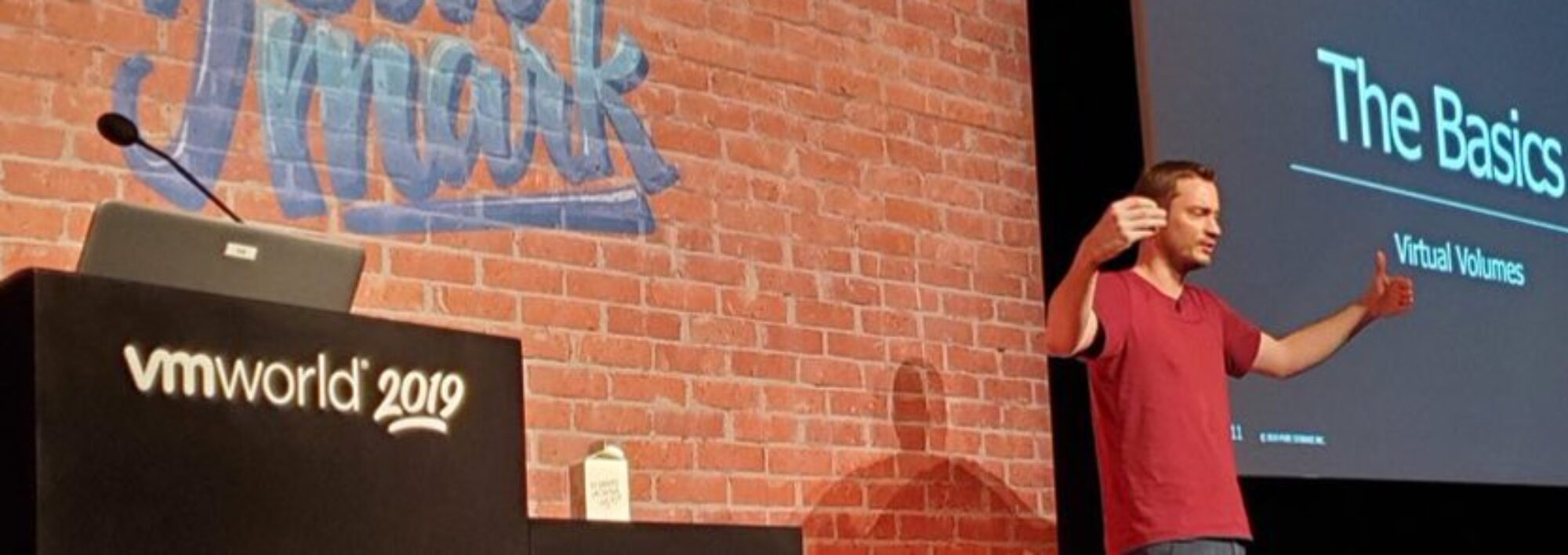This is going to be broken up into two parts- first, a live migration where no VMs get powered off during the migration; second, a migration where you temporarily power off VMs attached to the SCSI datastore.
Why would you want to do it one way or another?
Pros of live migration:
- No VM downtime
- Simpler configuration changes and overlap. Less to go wrong or mess up
Pros of powering off VMs:
- The total migration time will be significantly less because no data will have to be moved. Currently VMware doesn’t support XCOPY (even on the same array) for NVMe-oF
